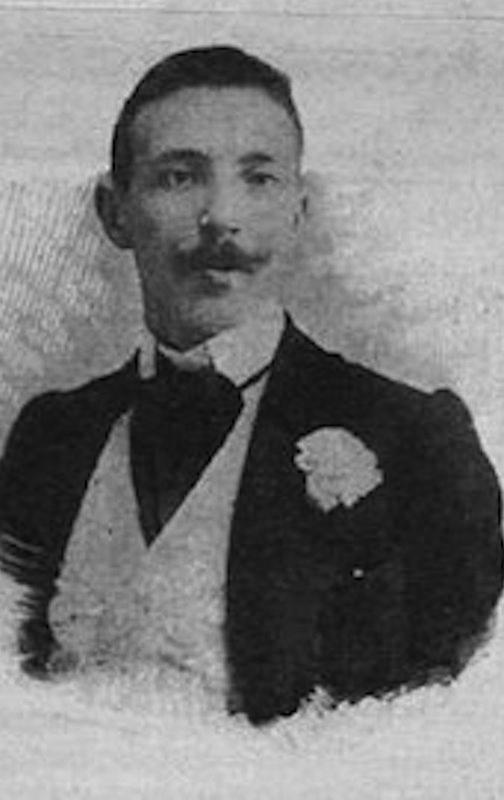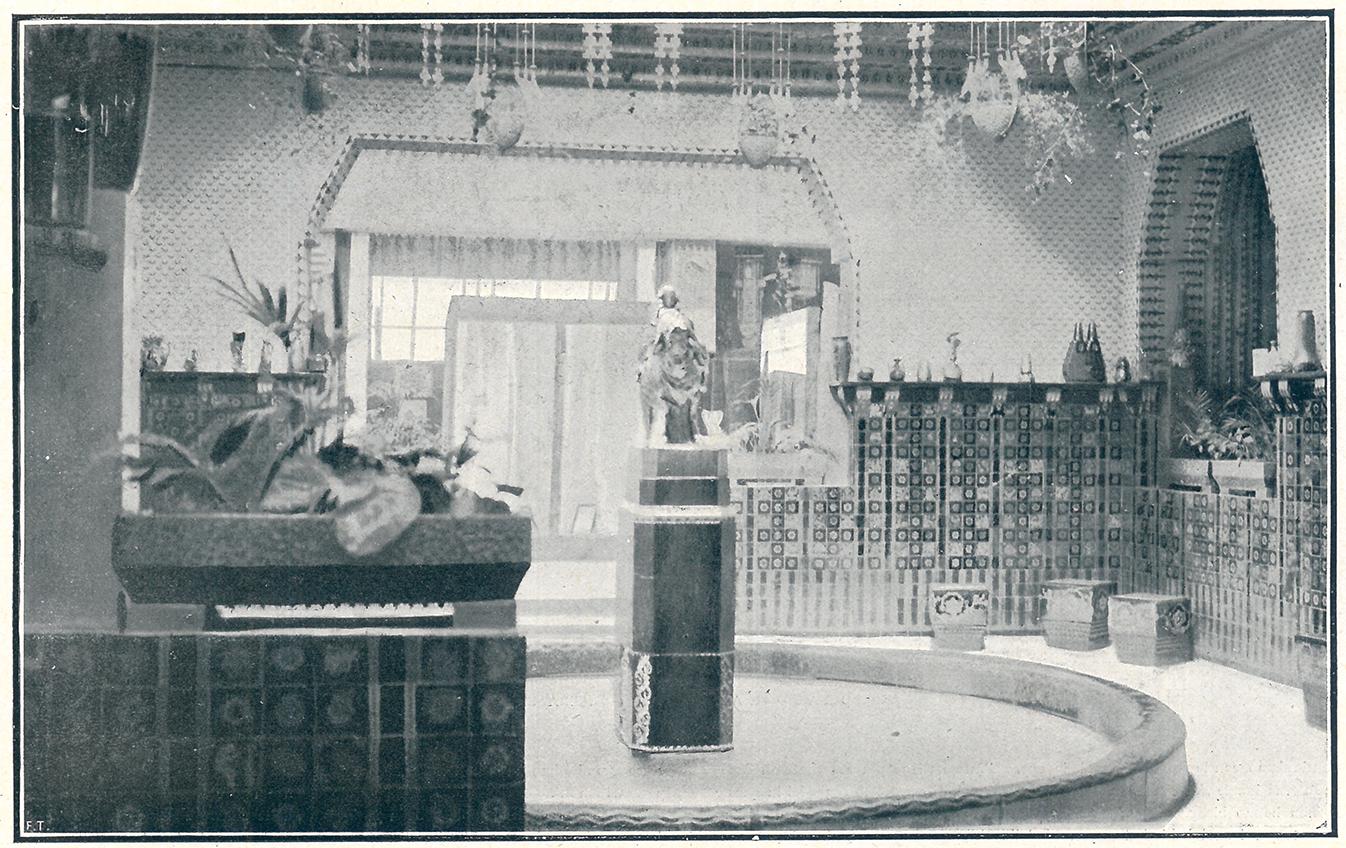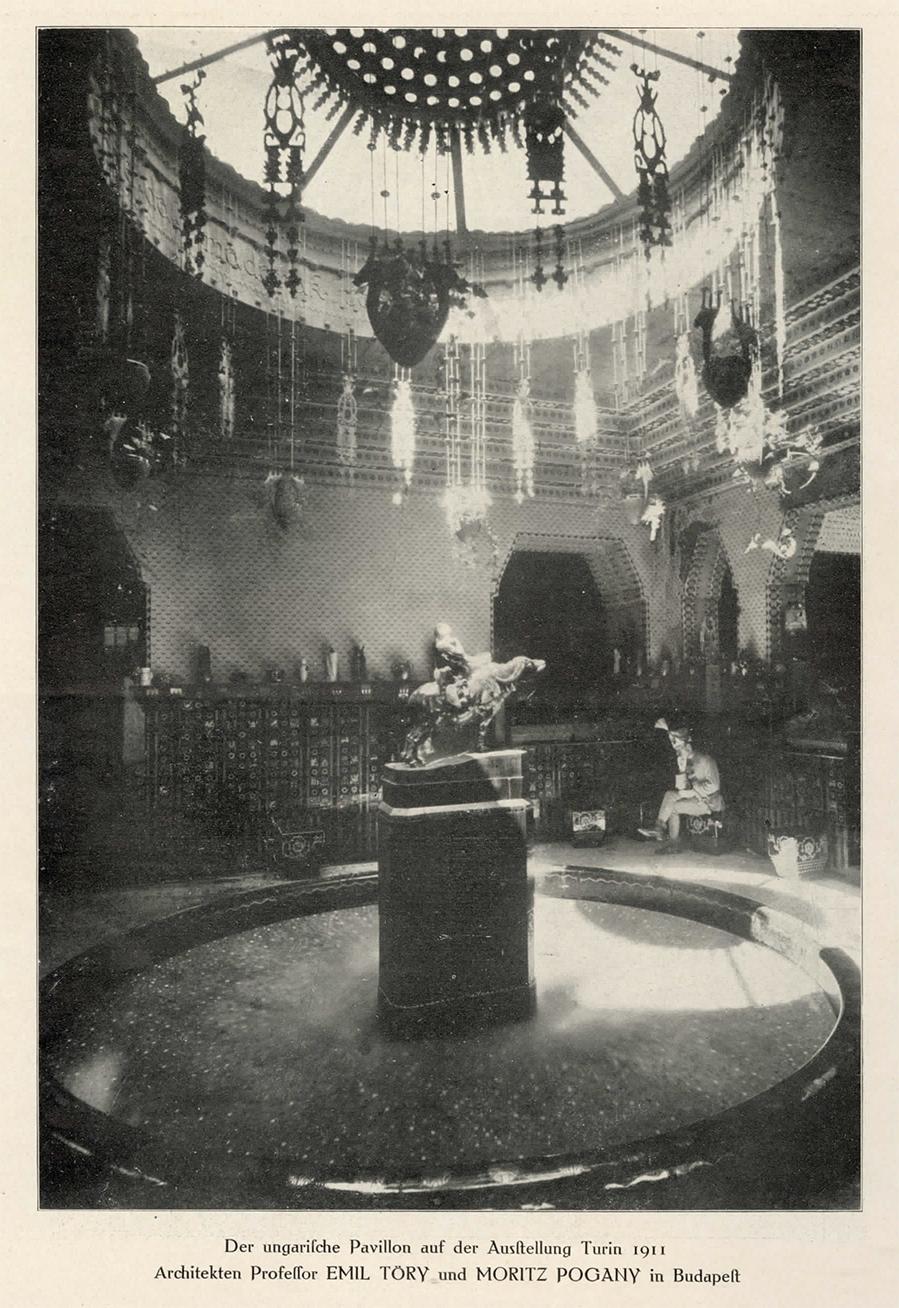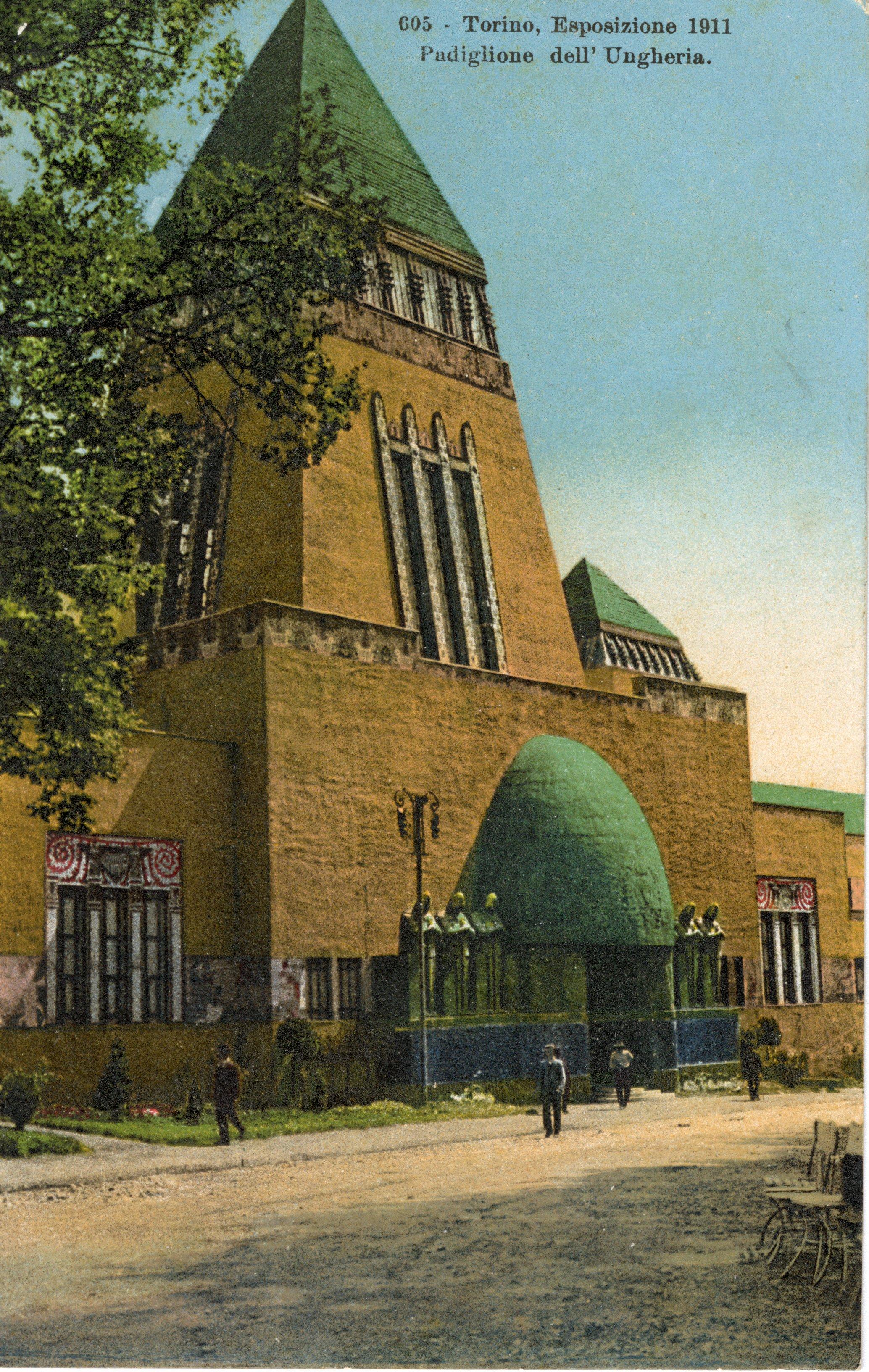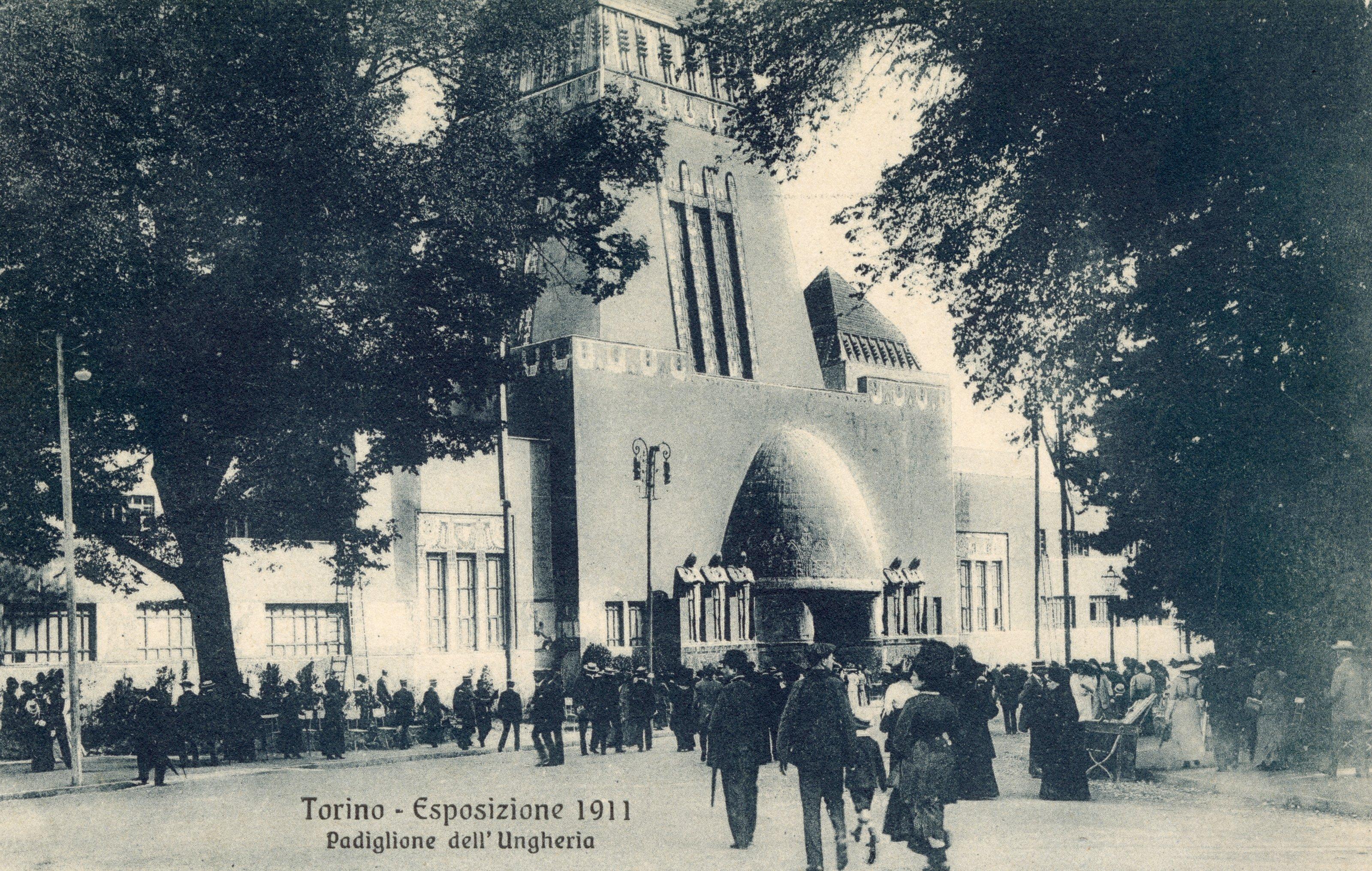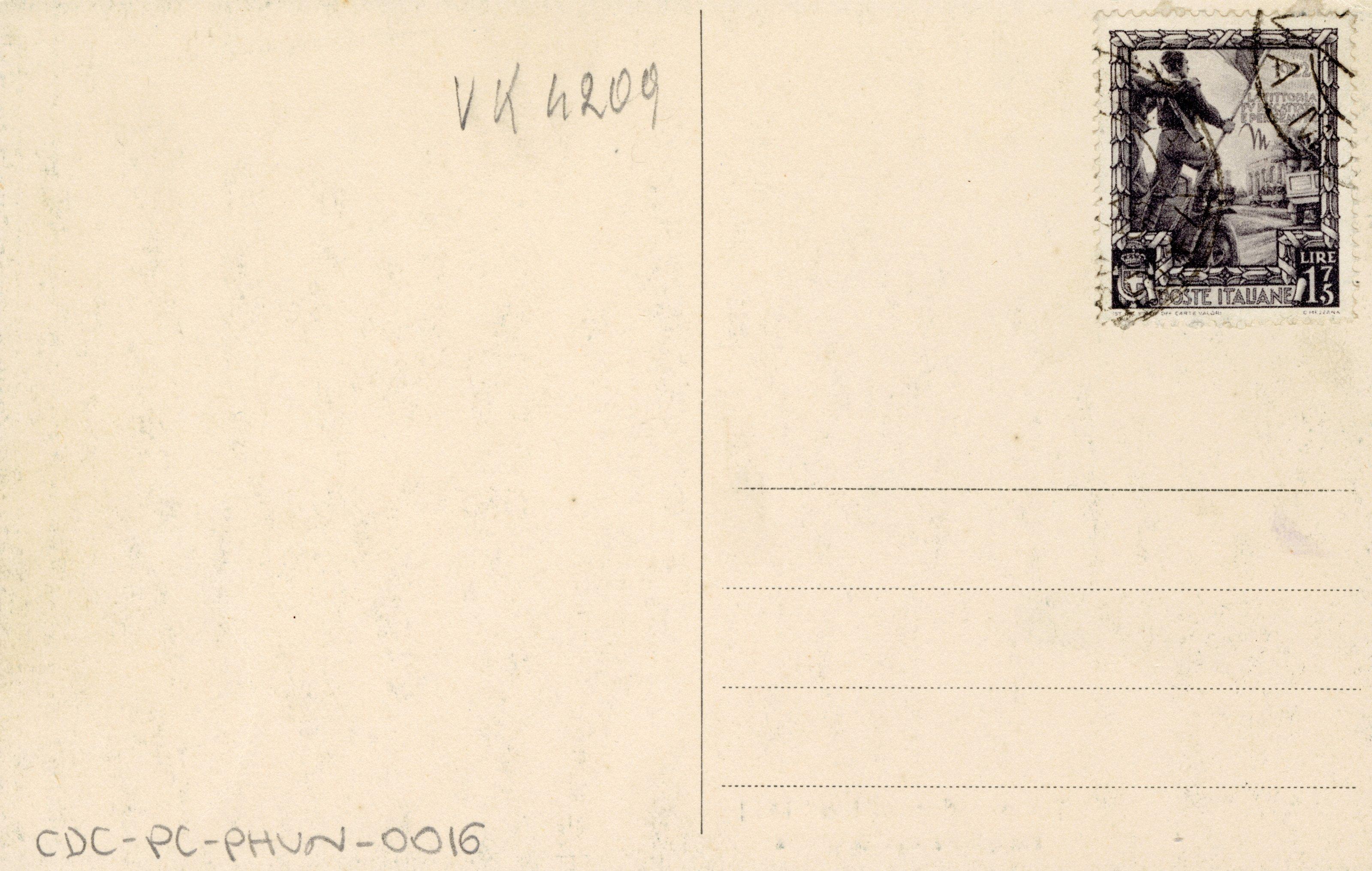Ligeti, Miklós
Name
Ligeti, Miklós
Gender
Male
Birth
May 1, 1871 Pest
Death
December 10, 1944 Budapest
Descriptive Note
Miklós Ligeti initially studied under Alajos Stróbl in Budapest, and later in Vienna, Austria, and Paris, France, where he was greatly influenced by the work of Auguste Rodin. He was a painter, sculptor, and ceramicist. His sculptures combined elements from impressionism and realism. One of his major works is "Anonymus" (1903) in Varosligeti Park, Budapest. The sculpture depicts the anonymous author of Gesta Hungaricum, a history of the arrival of the Hungarians into the Carpathian Basin, written around 1200 by an unnamed scribe. He also created the statue of Major General Harry Hill Bandholtz in Szabadsag (Liberty) Square in front of the US Embassy in Budapest, the "Fountain of Peace", "Mrs. Dery", and the "Cavalry Artilleryman Memorial" (1937). Mrs. Dery and the Cavalry Memorial were heavily damaged in World War II and had to be removed.
Ligeti was the President of the Hungarian Society of Applied Arts and designed works in ceramics for the Zsolnay company. Among his decorative works, one should mention those adorning the Hungarian Parliament and the Adria Palace.
Ligeti participated in numerous Expositions and designed the statues for the Fountain Courts as well as the 6 gigantic knights adorning the entrance to the Pavilion of Hungary for the Turin 1911 exposition.
Roles
Artists (Visual Artists), Sculptors
Related Locations
Related Built Environment Objects
Related Archival Material


